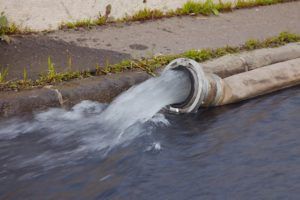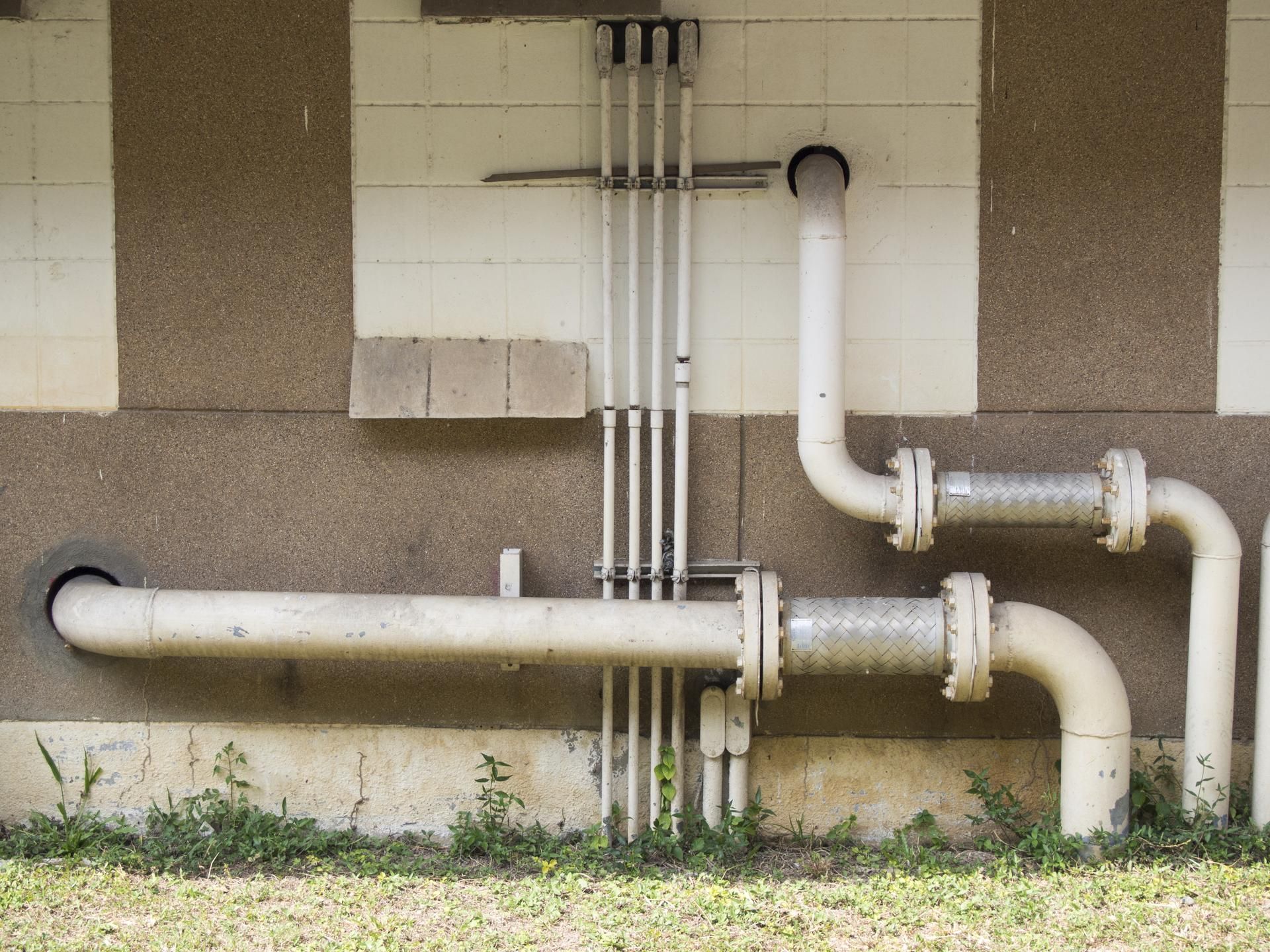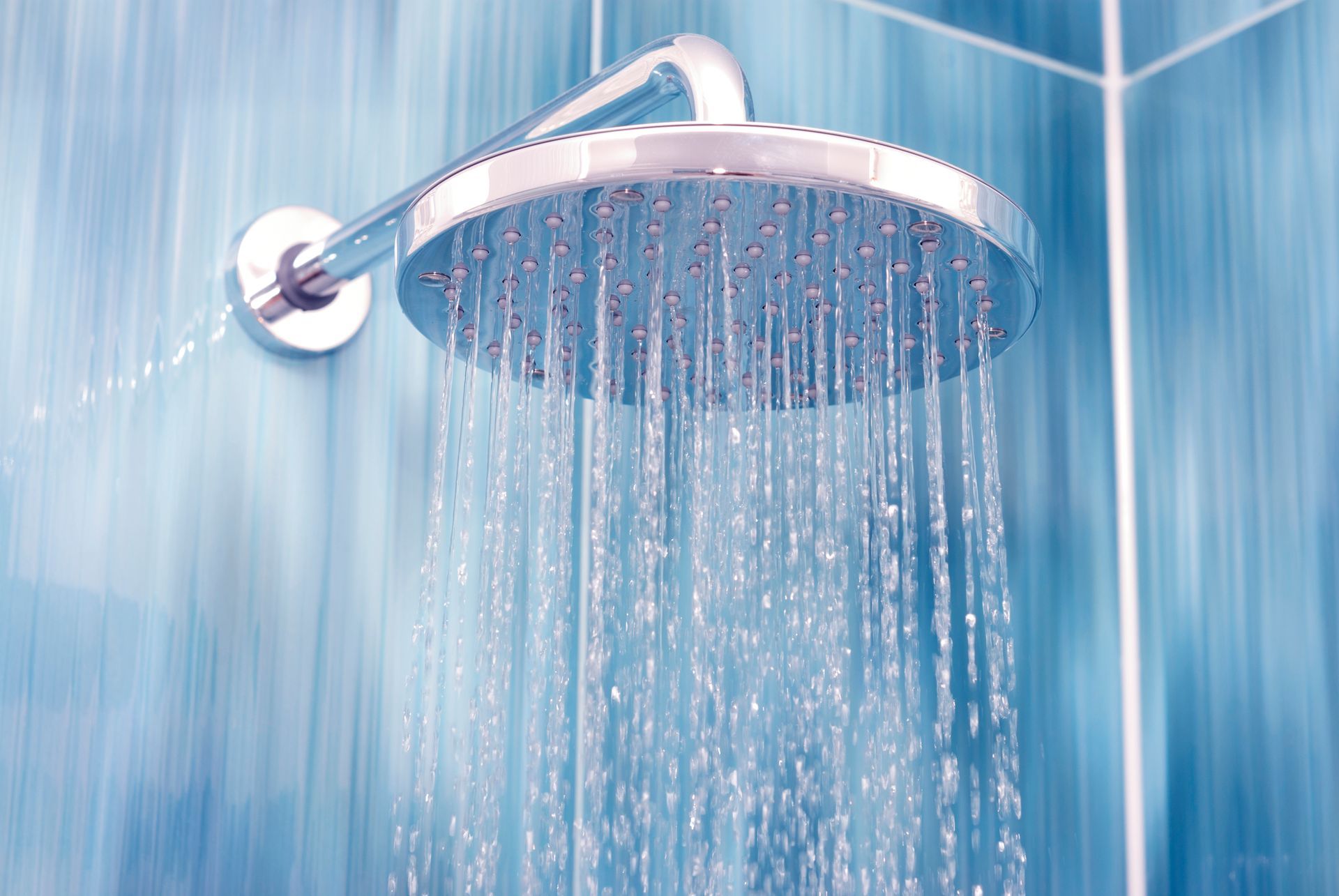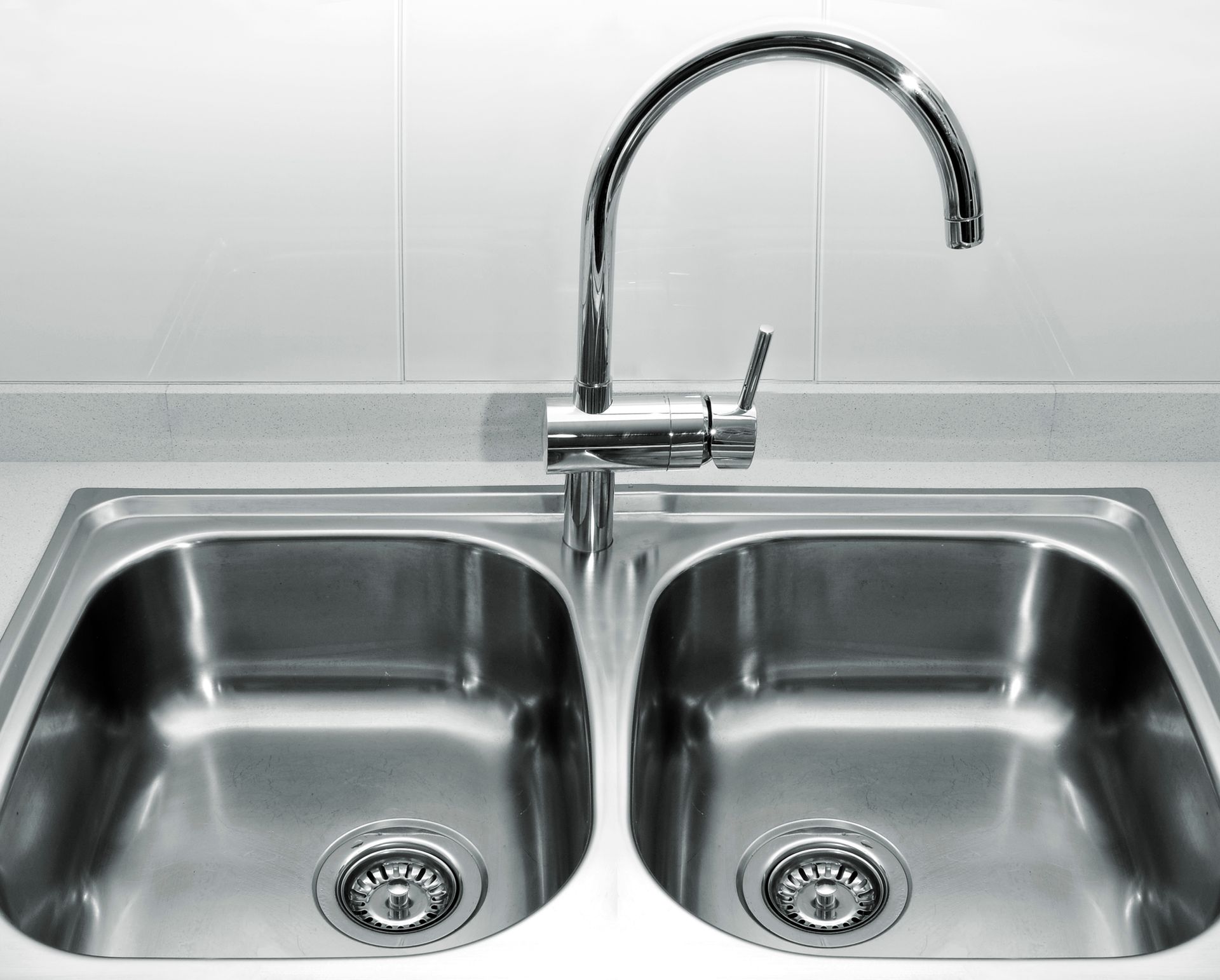CALL US TODAY!
4 Tips for Keeping Your Sump Pump Working Properly this Winter

If you have a sump pump in your basement to help prevent basement flooding, then you may believe the common misconception that this sump pump is only important during the rainy months of the year and not during the cold, snowy winter.
However, your sump pump is just as important during the winter months as it is during the spring and summer because it helps divert melted snow and ice away from your basement to prevent flooding during the many freeze-thaw cycles that accompany the snowy season.
For this reason, you should always take steps to keep your sump pump working properly during the winter months and keep an eye out for any pump problems that can occur during the cold months of the year.
Read on to learn four tips for keeping your sump pump working properly this winter.
- Take Steps to Prevent Discharge Line Freezing
Your sump pump is equipped with a discharge line — also called a drainage line — that runs from the sump pump to a distance of about 10 to 20 feet away from your home’s foundation. It is important to keep this line functioning properly because it directs water away from your home to help keep your basement dry.
However, discharge lines are prone to freezing during the winter if you do not take proper precautions to prevent it. When a discharge line freezes, it can no longer direct water away from a basement properly, and it may instead allow water to back up into the sump pump, potentially leading to basement flooding.
The first step to preventing your drainage line from freezing is to ensure your drainage line is properly installed. Ideally, this line should be composed of sturdy PVC pipe and buried several feet underground at a slight downward slope away from your home. This pipe should also be free from any dips or curves where water can accumulate and freeze during the winter months.
To further protect this line from freezing temperatures, wrap any areas of the pipe that lie above ground in heat tape or another type of pipe insulation.
In addition, while a layer of snowfall can naturally insulate the soil around the drainage pipe, if you experience long cold spells during the winter accompanied by little snow, consider insulating the soil around the pipe by covering the soil with a layer of mulch or hay and, optionally, a tarp.
- Keep Your Basement Slightly Heated
Another way to help keep your sump pump working properly this winter is to keep your basement heated to at least 55 degrees Fahrenheit or higher. While you may be tempted to close the heating vents in your basement during the long, cold winter to help reduce your heating bill, if your basement and sump pump become too cold during the winter, pump components that are present inside of your basement can freeze.
If you do choose to close some heating vents in your basement to conserve energy, install an accurate thermometer near your sump pump to ensure the temperature in this area does not drop below 55 degrees Fahrenheit.
- Regularly Remove Snow and Ice Surrounding Your Home’s Foundation
When rain falls over an extended period of time during the spring and summer, water gradually enters the soil around your home’s foundation. This gradual introduction of water into the soil typically provides your sump pump plenty of time to eliminate excess water from the discharge line in a timely manner without backing up or overflowing.
However, during the winter, a large amount of snow and ice can accumulate around the perimeter of the home and then melt all at once when the weather suddenly warms up. If too much snow and ice melt at once, your sump pump may struggle to keep up with this sudden influx of water, potentially leading to basement flooding.
For this reason, you should remove snow and ice that accumulate near your home’s foundation on a regular basis during the winter. By removing this accumulation regularly, you can worry less that a sudden rise in outdoor temperature will cause this precipitation to suddenly melt and overwhelm your sump pump.
- Test Your Sump Pump Regularly
You should test your sump pump on a regular basis during the winter just as you do during the warmer months of the year to ensure it is working properly. During a sump pump test, you can also check to see if you may have a frozen water discharge line or other frozen, malfunctioning pump components.
To test your pump, first, unplug both the pump and float plugs from their electrical outlets. Then, plug only the pump cord back into the outlet. The pump should immediately begin running if it is in good working condition.
Then, plug both cords back into their usual locations, remove the sump pit lid, and slowly pour about 5 gallons of room-temperature water into the pit. The pump should begin running, suck the water out of the pit, and then shut off.
If your basement is equipped with a sump pump, follow these tips to help your pump perform properly all winter long. Contact the plumbing experts at Jim Dhamer Plumbing and Sewer, Inc., for all of your sump pump installation and service needs today.
The post 4 Tips for Keeping Your Sump Pump Working Properly this Winter appeared first on .
Leave A Reply
More Posts
Quick Links
Business Hours
Monday - Friday: 7:30 a.m. - 4 p.m.
Saturday: By Appointment Only
Sunday: Closed
Payments Accepted









